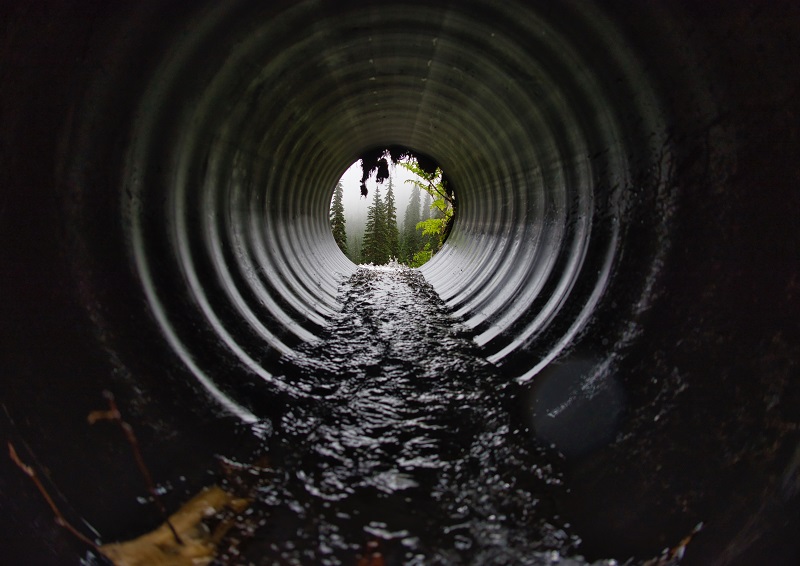SuDS – is there light at the end of the tunnel?
02 April 2019
After over a decade of inaction, it looks like SuDS may be going mainstream. A recent ICE ‘Design Sprint’ workshop in Leeds looked at what could be done to encourage uptake. Landscape Architect Bill Blackledge gives a personal view.

SuDS are widely recognised as an essential part of the toolkit needed to make our cities liveable, even bearable, in the decades to come. 21°C in February? Look out, UK!
The purpose of the ICE Design Sprint was to help make SuDS the norm, not the exception, but why was it even needed?
A brief history of UK SuDS
Following the devastating floods of 2007, the 2008 Pitt Review sought answers. The resulting 2010 Flood and Water Management Act (FWMA) set out Schedule 3 to overcome the biggest barrier to SuDS implementation – adoption.
During the course of the coalition government (2010-2014), Schedule 3 was consulted, delayed and dissipated, until finally, at the start of 2015, it was completely neutered.
In an effort to abolish any ‘hindrances’ to house building, SuDS would not be required for developments of less than 10 houses and, in any case, only where “reasonably practical”.
No standards or regulatory systems were created that might have forced any reconsideration of entrenched and blinkered attitudes. It provided a get-out for unwilling developers and their consultants, who were, and sadly largely still are, reluctant to do anything other than conventional piped drainage systems, with massive plastic tanks or hideous bomb craters at the low end.
There are, of course, some obvious pointers to better practice, and some shining examples of a better way. They tend to win awards, and are regarded as exceptions.
So, how can we make excellent SuDS more commonplace?
Read more on ICE.org.uk

